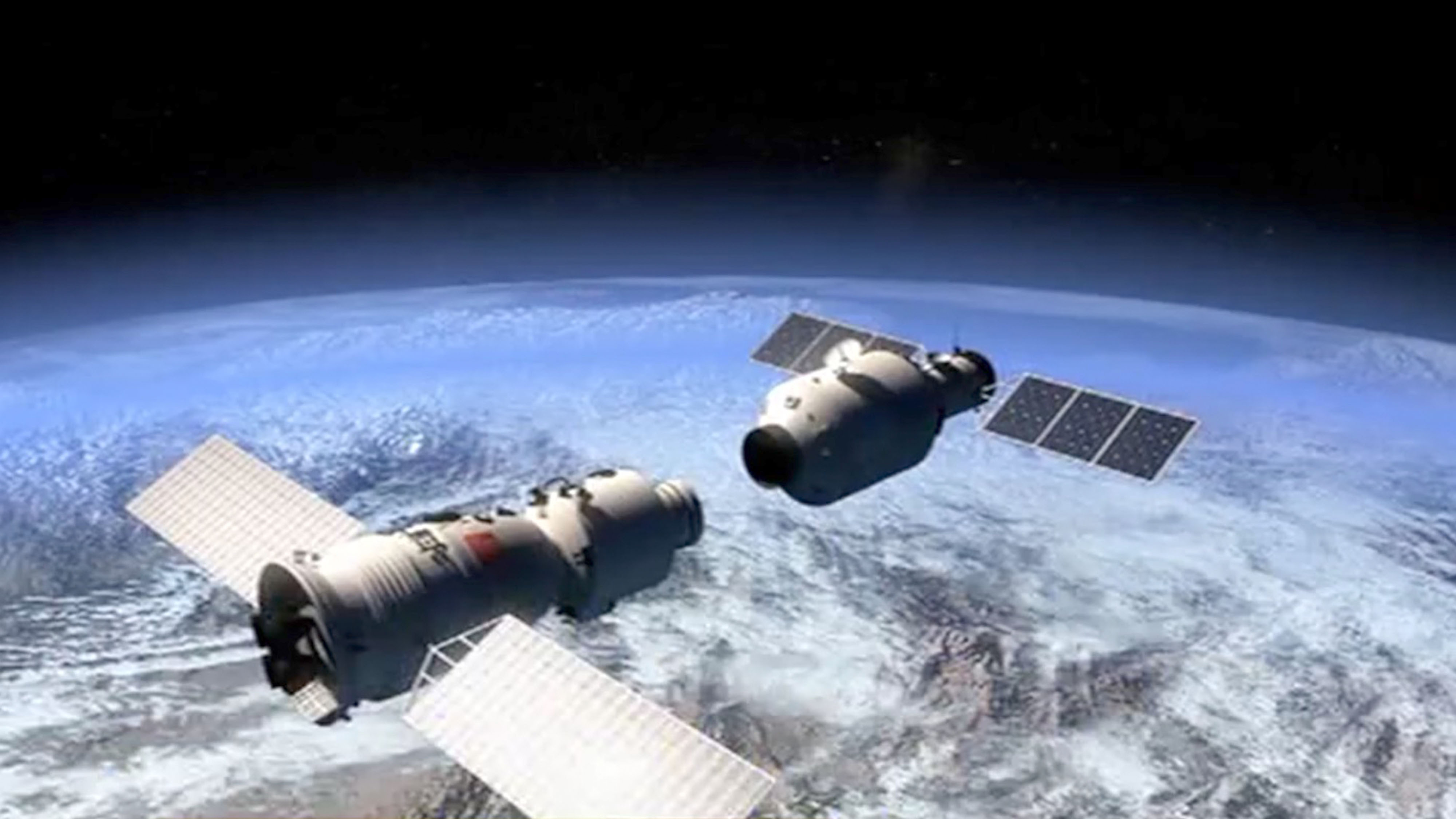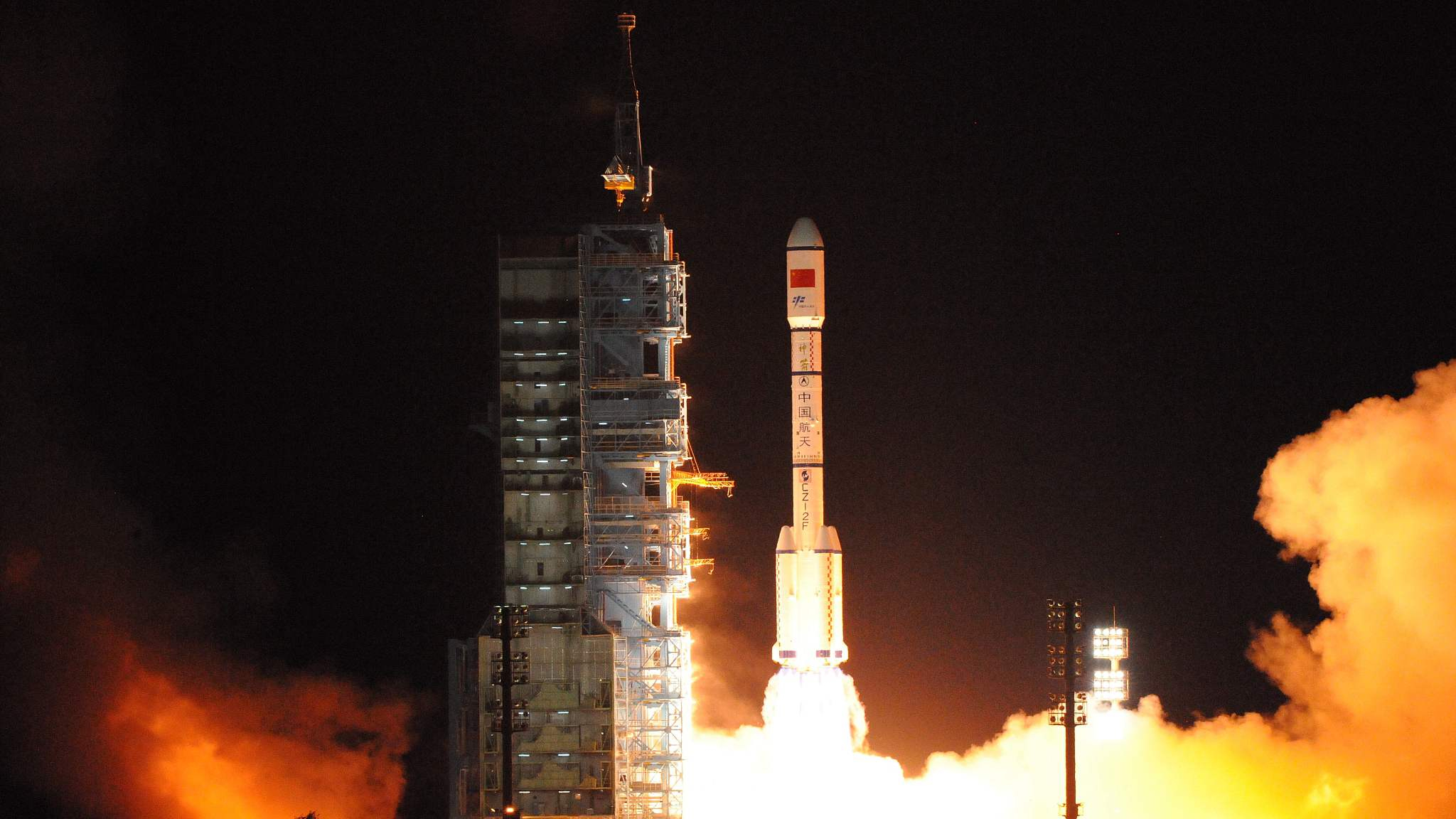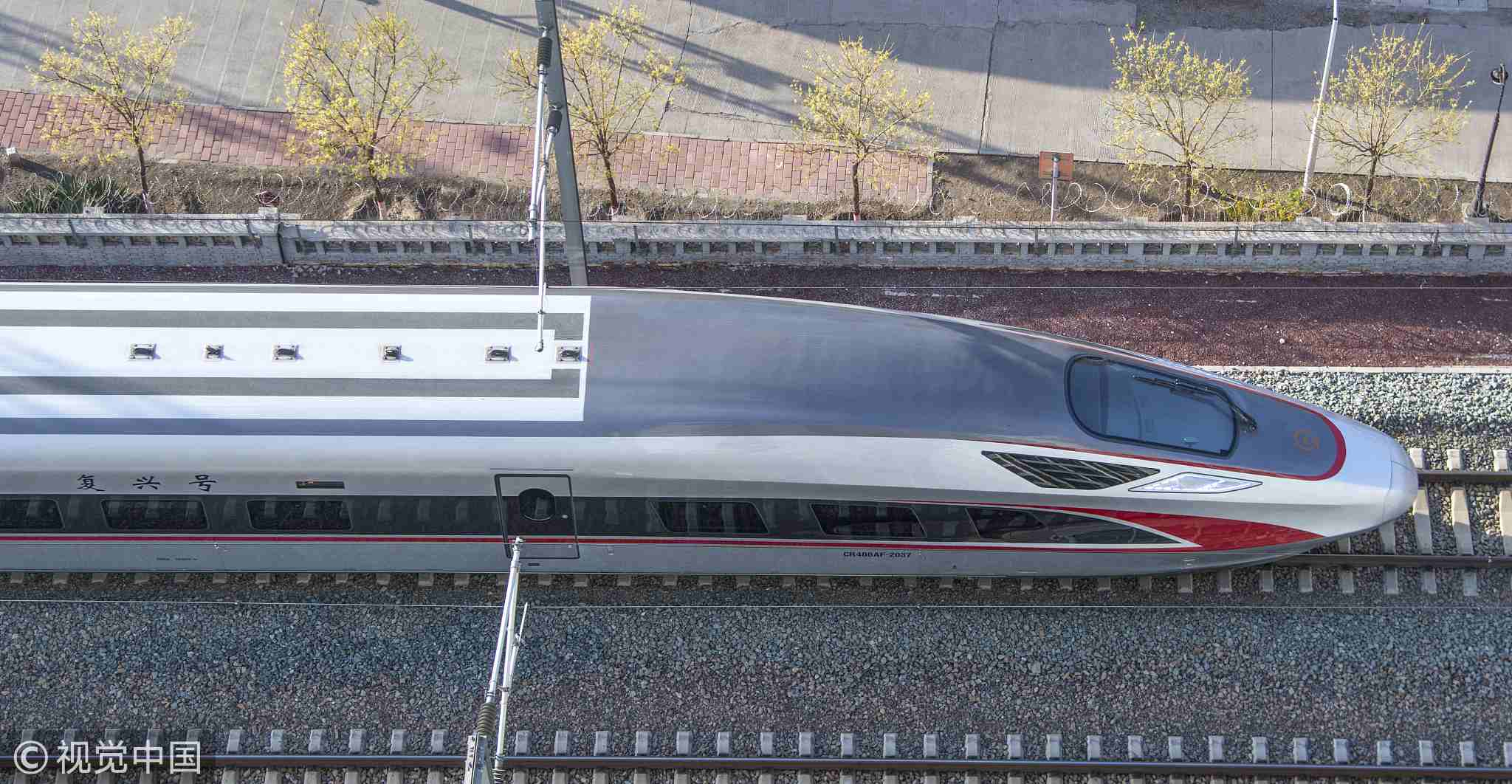
Tech & Sci
10:44, 28-May-2018
A review of China's scientific achievements since its opening-up
By Zhao Yunfei, Lan Hao
02:42

From the National Science Conference in 1978 to the National Conference on Science and Technology in 2018, China has made some notable achievements in science and technology since its opening-up.
Space exploration

A Long March 2F rocket carrying the Tiangong-2 space lab lifts off from the Jiuquan Satellite Launch Center. /VCG Photo
A Long March 2F rocket carrying the Tiangong-2 space lab lifts off from the Jiuquan Satellite Launch Center. /VCG Photo
China launched Tiangong-2 in 2016. The space lab can accommodate astronauts' medium-length stay and test life-support technologies.
The country made its first step in sending a human to space in 2003, when astronaut Yang Liwei accomplished the Shenzhou-5 mission.
Home-produced aircraft

China's homegrown passenger plane C919 /VCG Photo
China's homegrown passenger plane C919 /VCG Photo
China's homegrown passenger plane C919 took off on its maiden flight in 2017. The aircraft is driving the growth of airplane materials manufacturing, electronic engineering, automation and mechanical manufacturing.
The country's latest J-20 stealth fighters were commissioned into air force combat service in February. With cutting-edge technologies, the fighter jets enable the air force to better safeguard the nation's sovereignty and national security.
Deep-sea exploration
In 2017, Chinese manned submersible Jiaolong descended to 6,699 meters in the Mariana Trench, the world's deepest point, a feat which helped scientists understand the evolution of deep-sea fish and their environmental adaptation mechanism.
Infrastructure
China's first self-developed bullet train, Fuxing, boasts a consistent speed of 350 kilometers per hour. The country has 22,000 kilometers of high-speed railway, and that counts as 60 percent of the world's total.

China's first self-developed Fuxing bullet train /VCG Photo
China's first self-developed Fuxing bullet train /VCG Photo
More achievements can be seen in various fields, including quantum communication, radio signal detection, neutrino research, and artificial intelligence.
China announced its opening-up in 1978, and the National Science Conference held the same year was a milestone that initiated scientific development. The conference carried out the government's policy in support of science and technology. A major speech by then-Vice Premier Deng Xiaoping stressed that science and technology are productive forces.
Since then, the country has undergone a period of rapid development in science and technology, striving to reach the world's most advanced level.
During the National Conference on Science and Technology in 2016, President Xi Jinping said China should establish itself as one of the most innovative countries by 2020 and a leading innovator by 2030, before becoming a world-leading science and technology power by 2049.
China recognizes that it faces a science and technology bottleneck in innovative technology. While celebrating its achievements from previous years, the country is moving forward to further develop its core technology.

SITEMAP
Copyright © 2018 CGTN. Beijing ICP prepared NO.16065310-3
Copyright © 2018 CGTN. Beijing ICP prepared NO.16065310-3